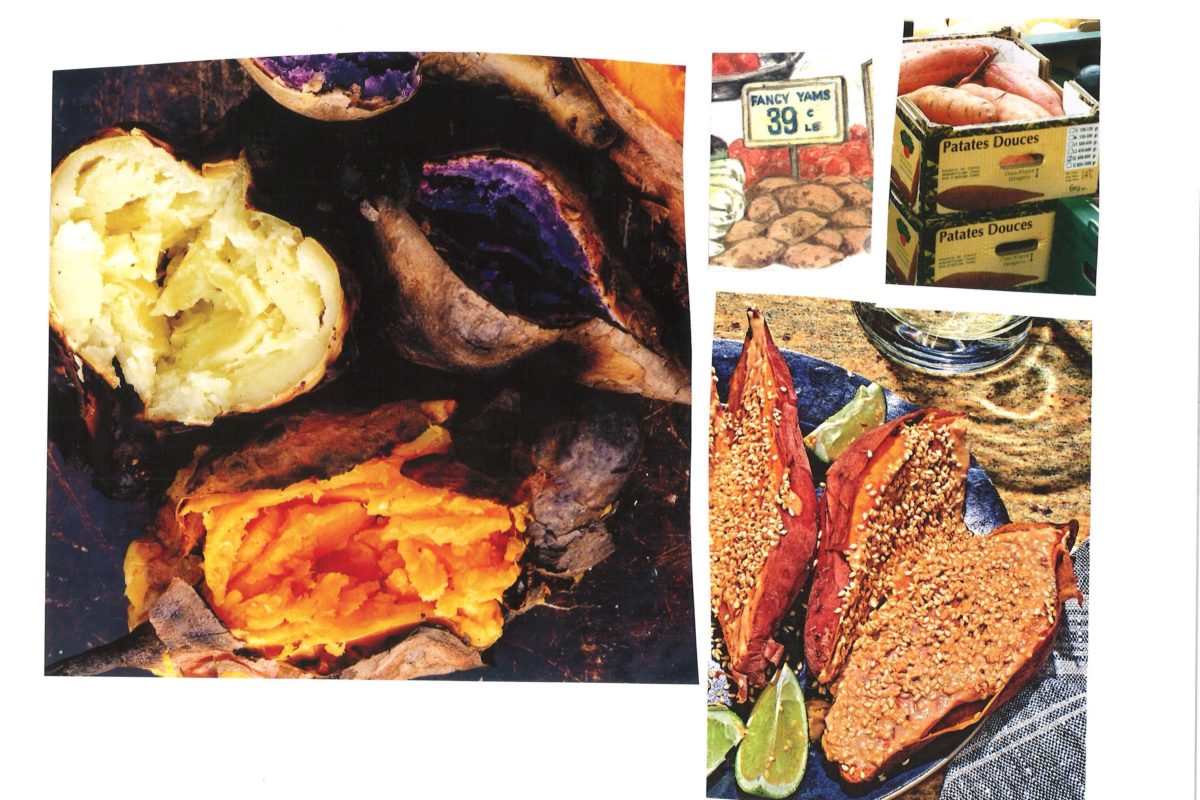What’s the Difference Between Penne, Ziti, and Rigatoni?
It’s been almost a year and a half of What’s the Difference-ing, and we have yet to delve into the vast, varied world of pasta shapes. So why, you may ask, would we start with ones that are so… basic? Why not deal in the reginettis and the pizzocheris and the strozzaprettis, the show-offy, fun-to-say varietals that will make you sound sofisticato at your next dinner party?
I ask you this: Do you know the difference between penne and ziti? I didn’t.
Let’s start with what makes them confusing. Penne, ziti, and rigatoni are all hollow, cylindrical pastas made using the extrusion process, where the dough is forced through a die into the desired shape. Their large surface areas are wonderful transportation vehicles for meaty sauces as well as simpler ones. And, like all pastas, they are very good to eat.
For the differences, I turned to The Geometry of Pasta for help. It’s time to get out some graph paper.
PENNE
Length: 2.12 inches
Width: 0.4 inches
Wall thickness: 1 mm
“Penne” comes from the Italian word for “quill,” and if you take a thoughtful look at it, it’s not hard to see why: the pasta, like its namesake, has its ends cut at an angle, gifting it with a particularly large surface area for a sauce to be drawn into the tubes. Penne can be smooth (lisce) or ridged (rigate), with the ridged ones being a bit sturdier and more soak-up-the-sauce-able than its smoother siblings.
ZITI
Length: 2 inches
Width: 0.4 inches
Wall thickness: 1.25 mm
A whopping 0.12 inch shorter and 0.25 mm thicker than penne, ziti is a smooth-exteriored pasta that hails from Naples, Italy. Notably, its ends are cut straight rather than at a diagonal, making it possible to distinguish it from penne without pulling out a ruler. The word “ziti” comes from the world for “bridegroom” or “the betrothed,” and it’s traditionally served as the first course of a wedding lunch. It’s closely related to ziti candele (or just candele), another type of pasta that’s twice the width and three times the length and needs to be broken up into pieces before cooking so it can fit into a pot.
RIGATONI
Length: 1.8 inches
Width: 0.6 inches
Wall thickness: 1 mm
Slightly shorter and wider than ziti and penne, rigatoni can be straight or slightly curved, depending on the extrusion process. It’s always ridged, with square-cut ends similar to ziti. “Rigatoni” comes from the Italian word “rigare,” which means “to furrow” or “to rule”—and its ridges give a sauce plenty of area to furrow into. Also: rigatoni rules!!
If you liked this, subscribe to the What’s the Difference newsletter here!






